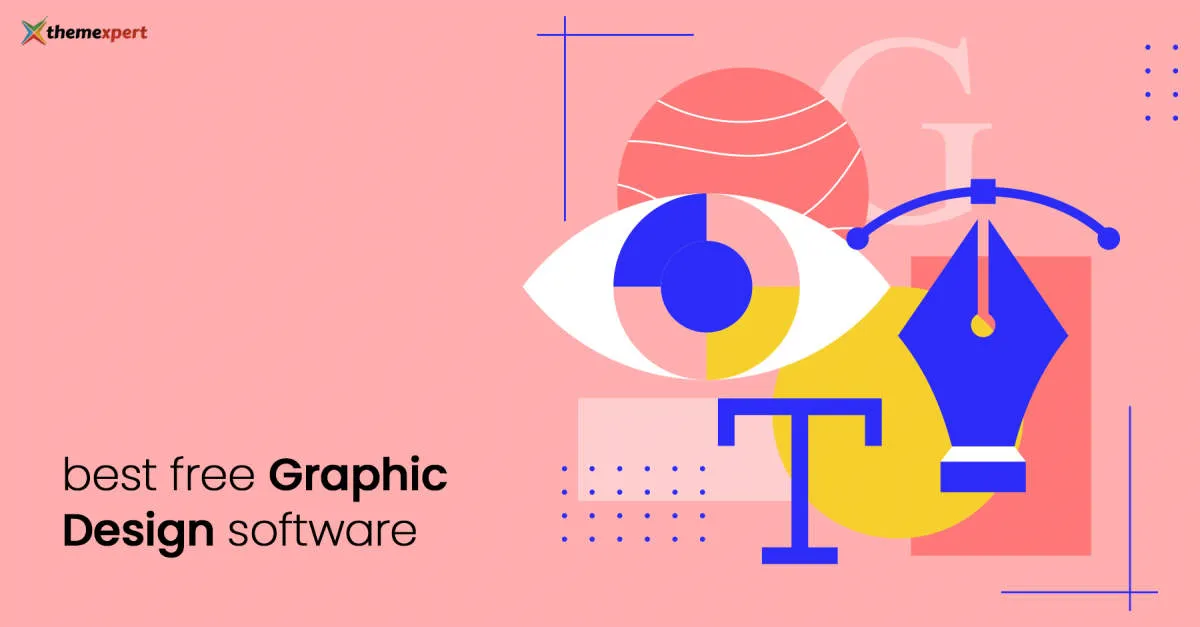Explore the top 10 cutting-edge software tools that are set to revolutionize the graphic design industry in 2024. From advanced visualization to seamless collaboration, these platforms offer designers unparalleled creative capabilities.
Adobe Photoshop
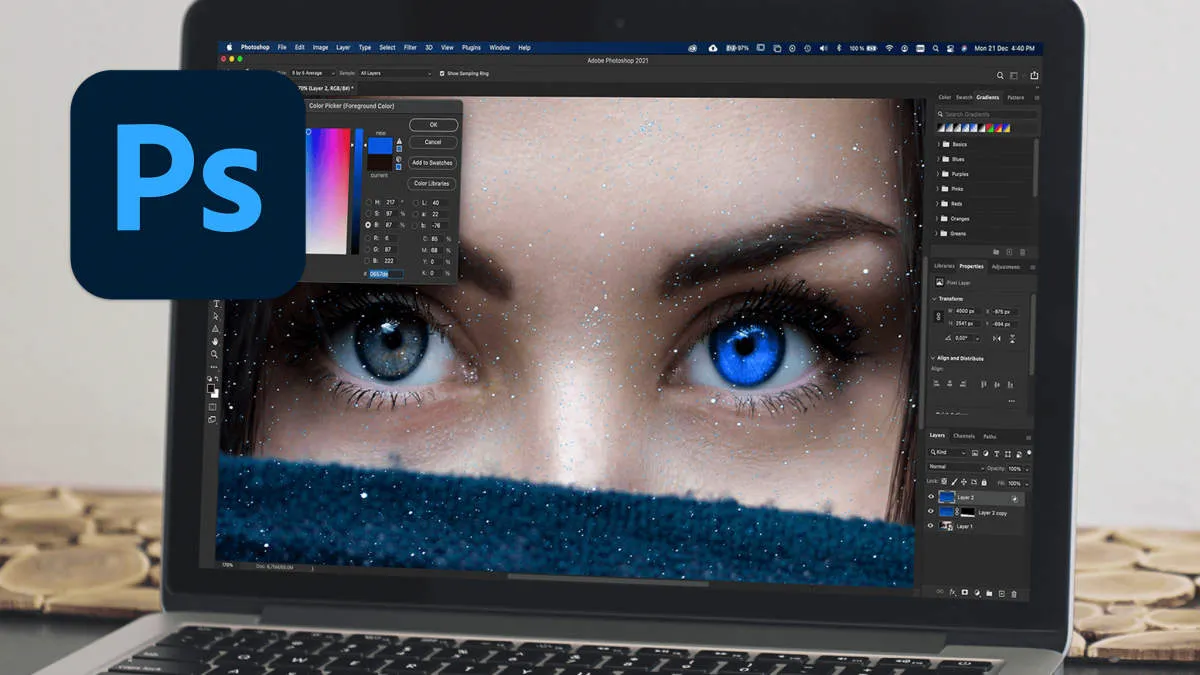
The reigning champion of image editing and manipulation, Adobe Photoshop, continues its reign as an industry standard in 2024. This powerful software offers an unparalleled suite of tools for graphic designers, encompassing everything from basic adjustments to complex 3D compositing.
Key Features for Designers:
- Layer-based editing: Photoshop’s non-destructive editing through layers provides ultimate flexibility and control over design elements.
- Comprehensive tools: A vast array of brushes, selection tools, filters, and adjustment layers empower designers to realize any creative vision.
- Advanced typography: Create stunning typographic designs with comprehensive font controls, warping options, and text effects.
- Digital painting: Realistic brushes and painting tools simulate natural mediums, allowing for digital masterpieces.
- 3D design and compositing: Integrate 3D models into your designs, create realistic mockups, and experiment with depth and perspective.
Why it remains a top choice:
- Industry-standard: Its widespread use ensures compatibility and streamlines collaboration within the design world.
- Constant innovation: Adobe continuously updates Photoshop with new features and improvements, staying ahead of industry trends.
- Extensive resources: A vast library of tutorials, online communities, and support materials makes learning and troubleshooting accessible.
Adobe Illustrator
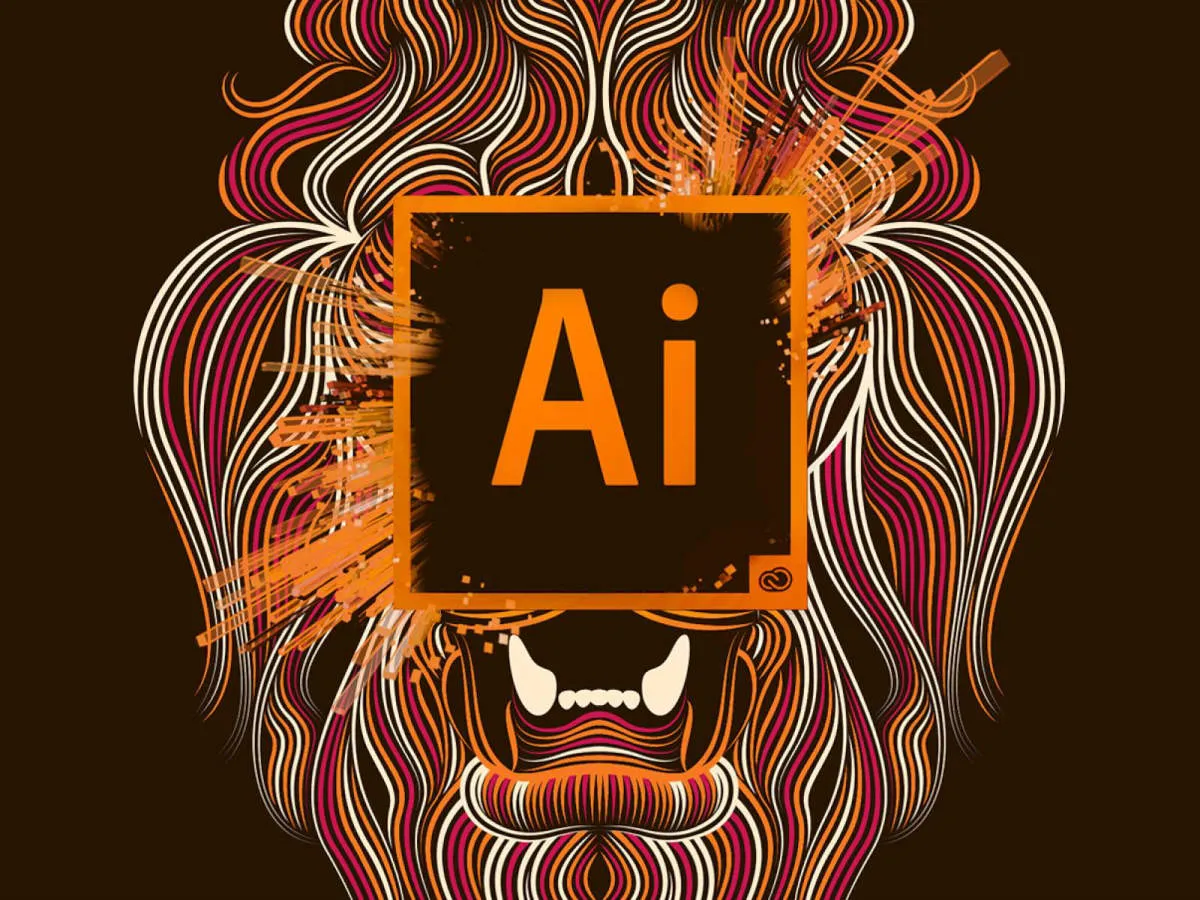
Adobe Illustrator is the industry-standard vector graphics editor for creating logos, illustrations, and scalable graphics for print, web, and mobile. Its intuitive interface, powerful tools, and extensive features make it a top choice for both beginners and professionals.
Key Features:
- Vector Graphics: Create artwork that can be scaled to any size without losing quality.
- Pen Tool: Draw precise paths and shapes with ease.
- Typography Tools: Design stunning typography with a wide range of fonts and text effects.
- Color Management: Control and manage colors accurately across different mediums.
- Integration with Adobe Creative Cloud: Seamlessly work with other Adobe applications like Photoshop and InDesign.
Why It’s Great for Graphic Designers:
Illustrator’s versatility and precision make it ideal for a wide range of design tasks, including:
- Logo design
- Icon creation
- Illustration
- Infographics
- Print design (brochures, flyers, posters)
- Web and mobile graphics
CorelDRAW
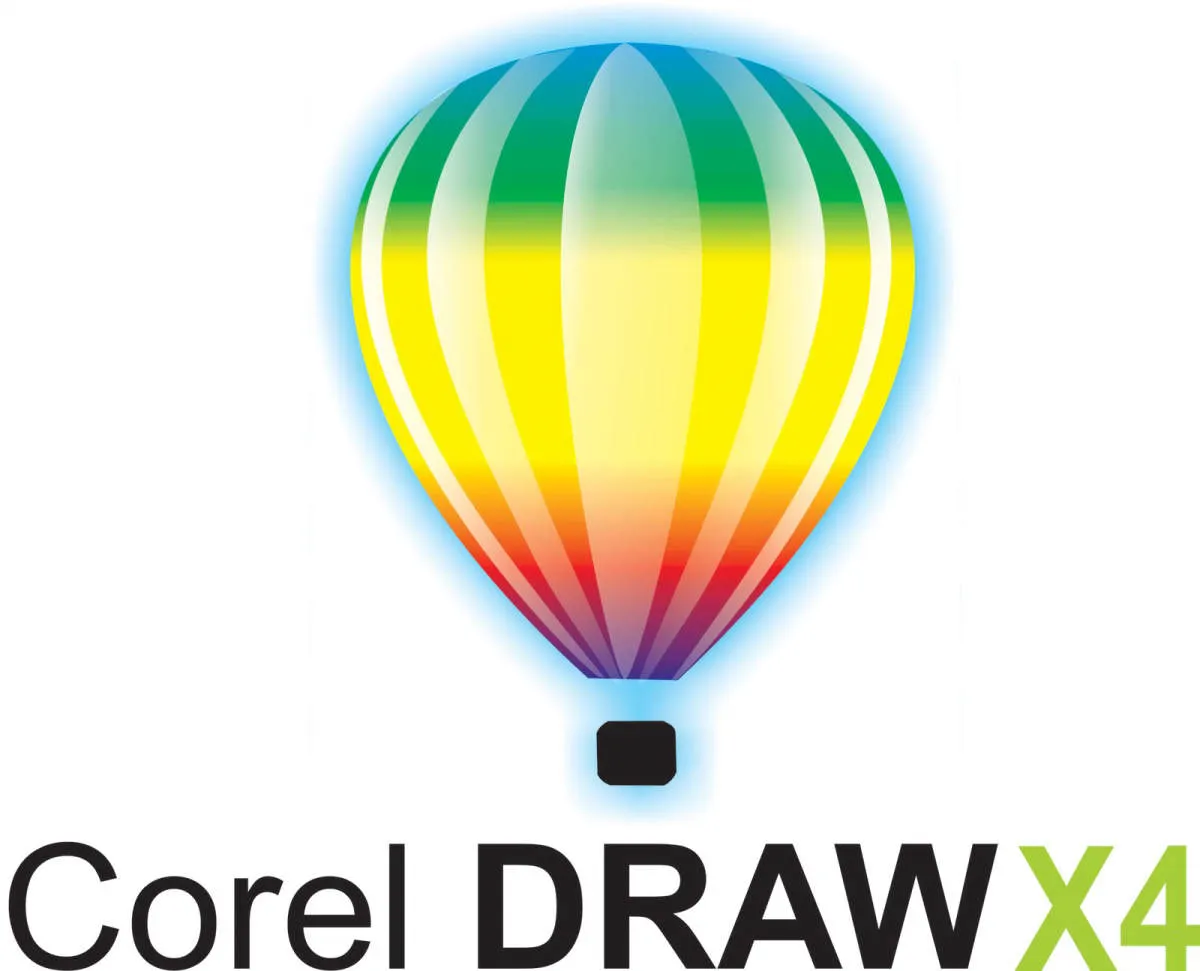
CorelDRAW is a vector-based graphic design software that has been a staple in the industry for decades. Its comprehensive toolkit and user-friendly interface make it a popular choice for both beginners and experienced designers.
Key Features:
- Versatile drawing tools for creating logos, illustrations, and more.
- Advanced text handling capabilities, including OpenType support.
- Non-destructive effects and powerful color management tools.
- Support for a wide range of file formats, including AI, PSD, and PDF.
- Available for both Windows and macOS.
Pros:
- Intuitive interface with a customizable workspace.
- Wide range of tutorials and online resources available.
- Strong community support and regular updates.
- Offers a perpetual license option.
Cons:
- Can be resource-intensive on older hardware.
- Subscription-based pricing model may not be suitable for all users.
CorelDRAW remains a strong contender in the graphic design software arena, offering a powerful set of tools for a wide range of design tasks.
Affinity Designer
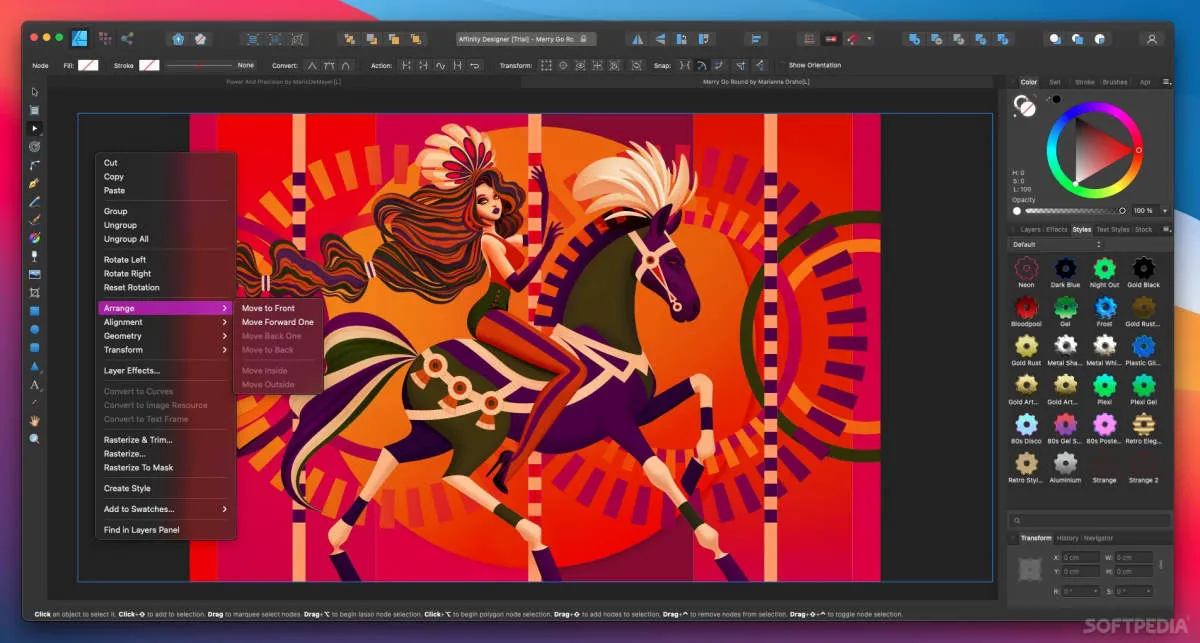
Affinity Designer is a powerful, vector-based design software that has been gaining popularity as a serious contender to Adobe Illustrator. Developed by Serif, this software boasts an intuitive interface and a comprehensive set of tools ideal for creating illustrations, logos, icons, typography, and more.
Key Features of Affinity Designer:
- Precise Vector Editing: Create and manipulate vector shapes with precision using a wide array of tools, ensuring scalability without loss of quality.
- Non-Destructive Editing: Edit your designs with confidence knowing that Affinity Designer’s non-destructive workflow preserves your original artwork.
- Pixel-Perfect Control: Seamlessly switch between vector and pixel environments, giving you complete control over your designs, even at the pixel level.
- Professional Color Management: Achieve accurate and consistent color across your projects with advanced color management tools, including support for CMYK, RGB, and Pantone color spaces.
- Extensive File Compatibility: Import and export designs in various formats, ensuring seamless collaboration and compatibility with other design software.
Why Choose Affinity Designer in 2024?
Affinity Designer offers a compelling alternative to subscription-based design software. With a one-time purchase, you get access to a powerful toolset and continuous updates without recurring fees. Its intuitive interface, combined with comprehensive features and affordability, makes it an attractive option for both seasoned professionals and aspiring designers.
Sketch
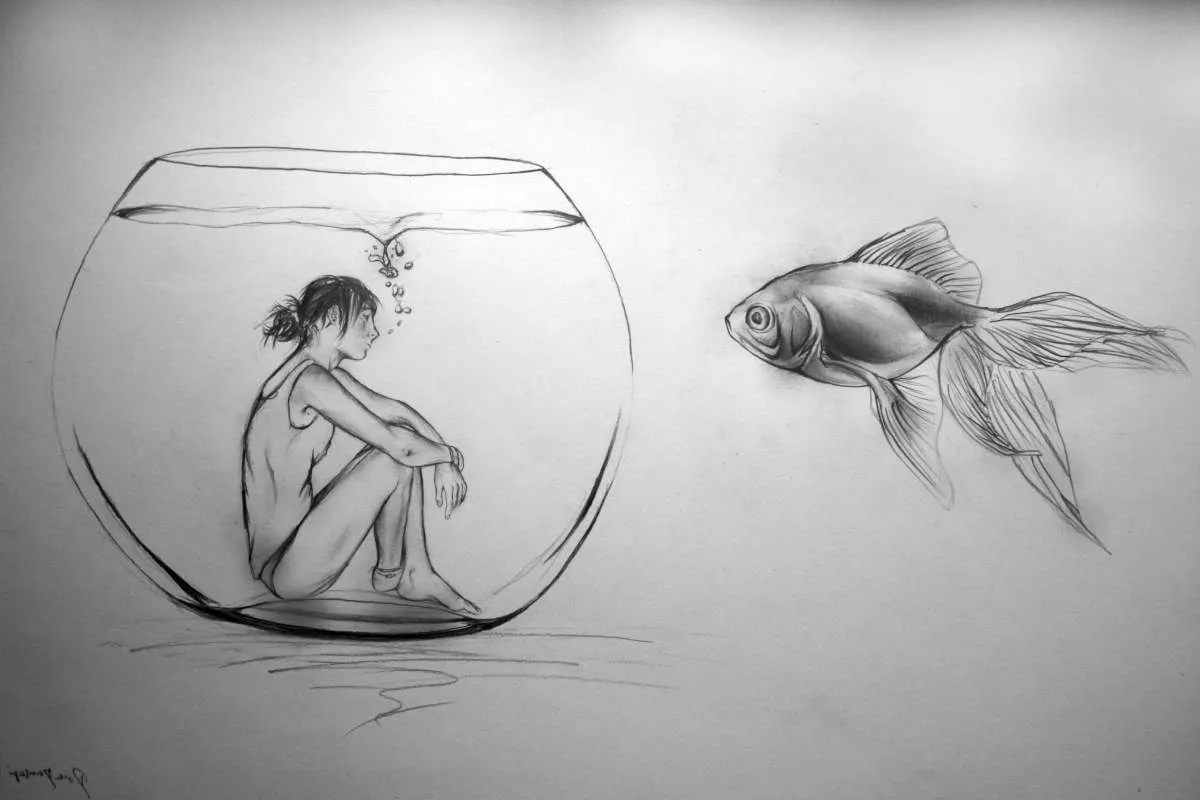
Sketch is a vector-based design tool specifically for macOS, widely recognized for its user-friendly interface and powerful features ideal for UI/UX design. It’s favored for crafting websites, mobile apps, and icons.
Key Features:
- Intuitive vector editing tools
- Robust symbol and style libraries for design consistency
- Excellent prototyping capabilities with animations and transitions
- Collaborative features for team projects
- Extensive plugin library for added functionality
Who Should Use It? Sketch is a top choice for UI/UX designers working primarily on Apple devices, particularly those who value a streamlined workflow for interface design and prototyping.
Inkscape
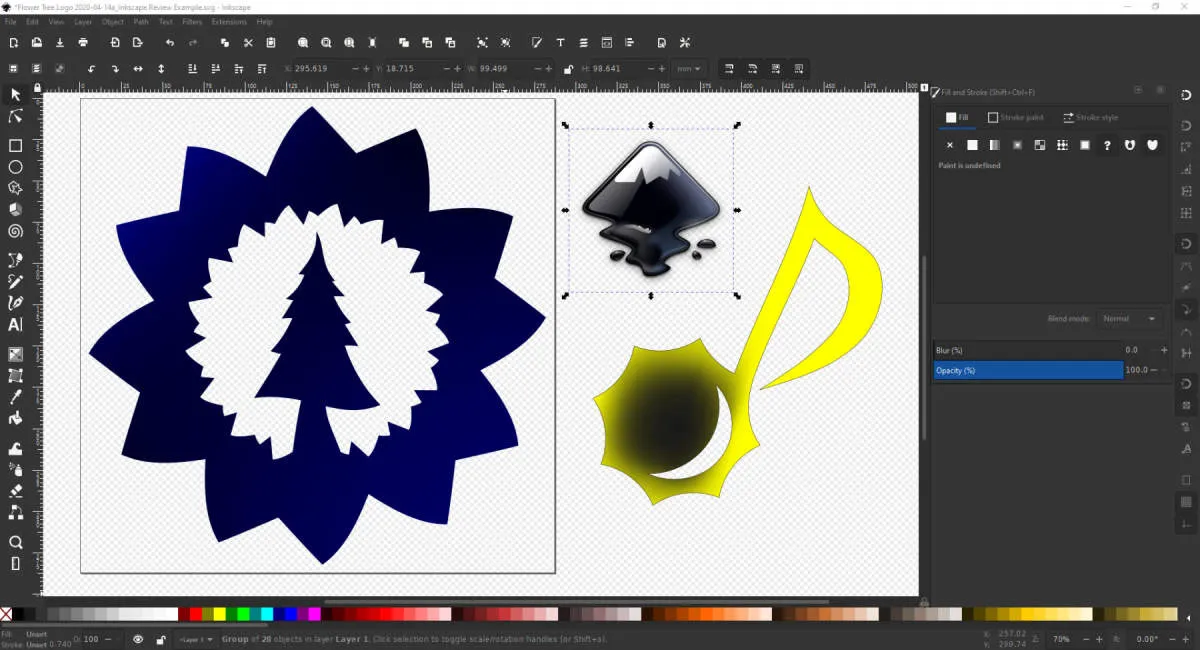
For designers seeking a robust, free, and open-source alternative to Adobe Illustrator, Inkscape is a compelling choice. This vector graphics editor offers a comprehensive suite of tools for creating illustrations, logos, icons, diagrams, and more.
Key Features of Inkscape:
- Scalable Vector Graphics (SVG) Native: Work natively with the widely supported SVG format, ensuring scalability and lossless editing.
- Flexible Drawing Tools: Utilize a variety of tools like pen, pencil, calligraphy, and shape tools for precise and creative drawing.
- Powerful Path Manipulation: Gain granular control over your designs with advanced path editing capabilities, including Boolean operations.
- Text Support: Incorporate text seamlessly into your designs, with support for various fonts and text effects.
- Extensive File Compatibility: Import and export various file formats, ensuring smooth collaboration with others.
Why Choose Inkscape in 2024:
- Cost-Effective: As a free and open-source software, Inkscape removes financial barriers for aspiring and professional designers.
- Cross-Platform Compatibility: Seamlessly transition between Windows, macOS, and Linux operating systems.
- Active Community and Resources: Benefit from a vibrant community of users and a wealth of tutorials and support materials available online.
GIMP

GIMP, short for GNU Image Manipulation Program, is a powerful, free, and open-source raster graphics editor. It’s often considered the best free alternative to Adobe Photoshop, offering a comparable feature set for image editing, manipulation, and creation.
Key Features:
- Comprehensive Toolset: GIMP boasts an extensive array of tools, including brushes, layers, filters, masks, and selection tools, providing everything needed for both basic and advanced image editing tasks.
- Customization & Extensibility: Highly customizable interface and the ability to extend its functionality with plugins and scripts make it adaptable to individual workflows and specialized design needs.
- Cross-Platform Compatibility: GIMP runs seamlessly on various operating systems, including Windows, macOS, and Linux, ensuring accessibility for a wide range of users.
- Active Community & Support: Backed by a vibrant community of developers and users, GIMP benefits from continuous development, comprehensive documentation, and readily available support resources.
Why Graphic Designers Choose GIMP:
GIMP’s appeal lies in its balance of power and affordability. Its free and open-source nature makes it an attractive option for freelancers, students, and anyone on a budget. The robust feature set and extensive customization options ensure professional-grade results for a variety of design projects, from photo retouching and web graphics to logo creation and illustration.
Procreate
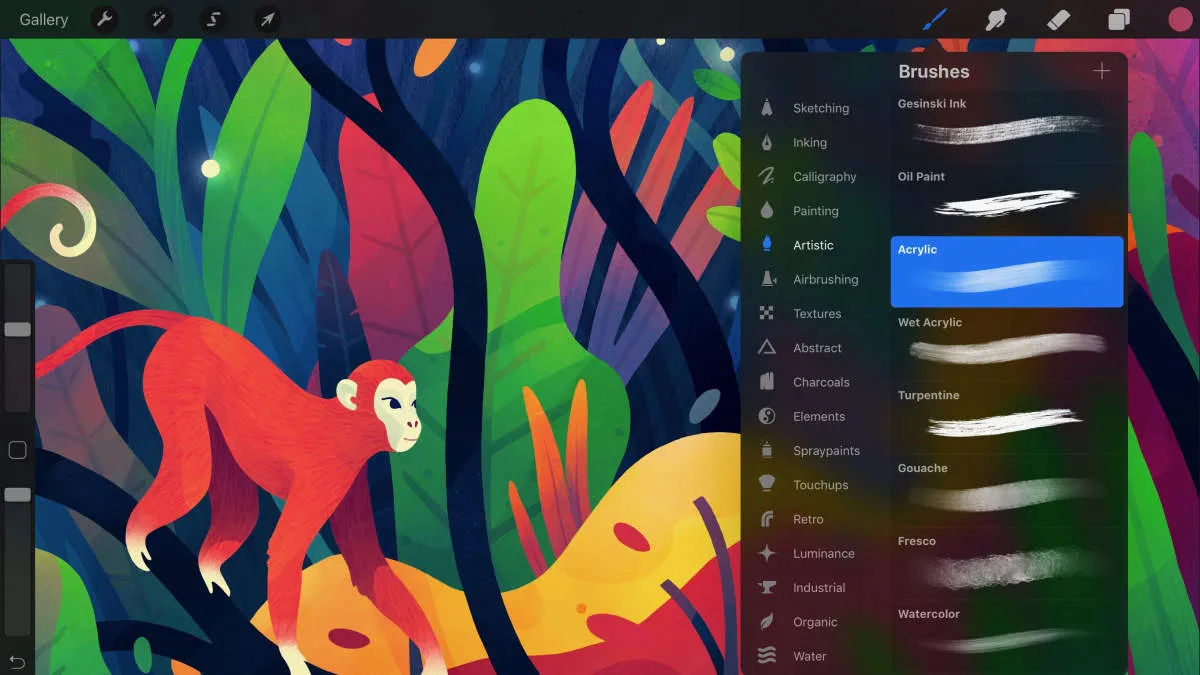
When discussing the top graphic design software, especially for those who prefer digital illustration, Procreate is a name that consistently emerges. This powerful application, exclusively designed for iPad, has taken the creative world by storm. But what makes it so special?
Intuitive Interface and User Experience
Procreate is celebrated for its user-friendly interface, making it accessible even for beginners. The tools are laid out in an intuitive manner, and the learning curve is surprisingly gentle.
Exceptional Drawing and Painting Tools
At its heart, Procreate is all about unleashing creativity. The app boasts a vast library of brushes, each meticulously crafted to mimic real-world art tools. From pencils and charcoals to inks and watercolors, the possibilities are limitless. Furthermore, Procreate allows for extensive brush customization, enabling you to tailor your tools to perfectly match your personal style.
Versatility for Diverse Projects
While renowned for illustration, Procreate’s capabilities extend far beyond. The software is remarkably versatile, suitable for a wide range of projects. Whether you’re crafting intricate illustrations, designing eye-catching social media graphics, or even experimenting with lettering and calligraphy, Procreate empowers you to bring your visions to life.
Seamless Integration and Workflow
Procreate seamlessly integrates with other creative tools, fostering a smooth workflow. The ability to import and export files in various formats, including PSD, makes it easy to move your work between different software if needed.
Affordable and Accessible
In the realm of professional design software, Procreate stands out for its affordability. Unlike subscription-based models, Procreate requires a one-time purchase, making it a budget-friendly option for freelancers and hobbyists.
Canva
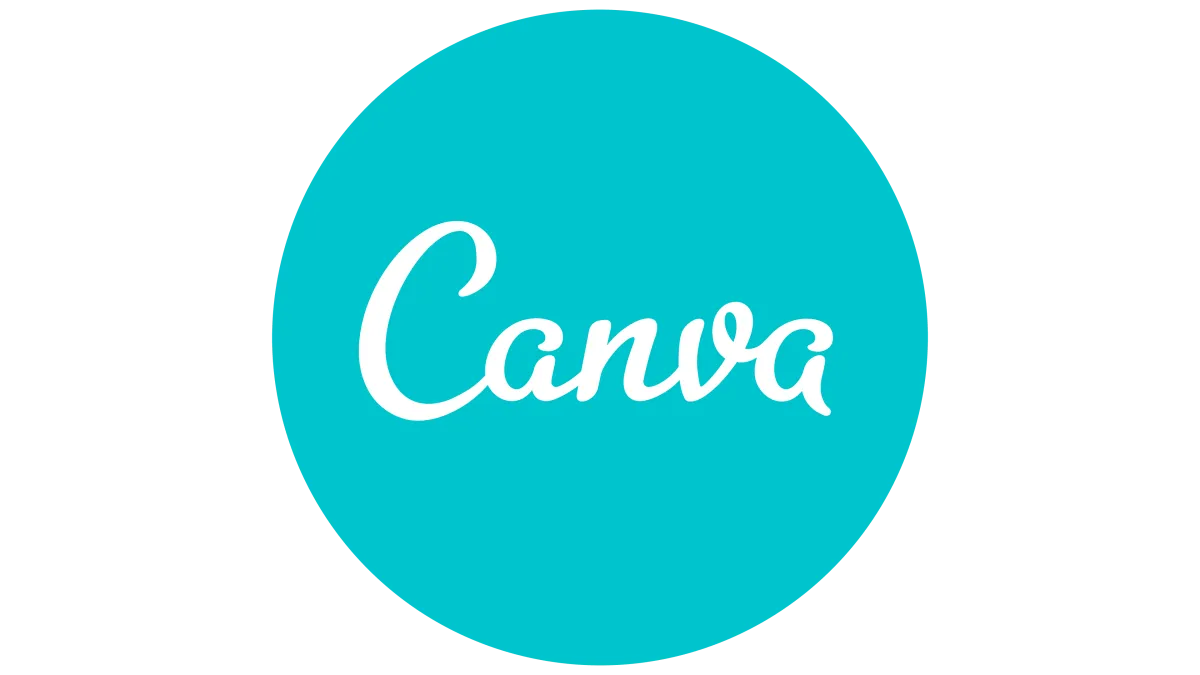
Canva has exploded in popularity in recent years, and for good reason. This online design platform offers a user-friendly interface with a drag-and-drop editor that makes it incredibly easy to use, even for people with zero design experience. Canva offers a vast library of templates for social media posts, presentations, posters, logos, and more.
While the free version is robust enough for basic needs, Canva Pro unlocks a massive library of stock photos, videos, music tracks, and design elements. The collaboration features are also excellent, allowing teams to work together on projects in real-time.
Canva Pros:
- Incredibly user-friendly, even for beginners
- Extensive library of templates and design assets
- Affordable, with a generous free plan
- Excellent collaboration features
Canva Cons:
- Limited design flexibility compared to professional software
- Templates can feel generic if not customized extensively
- Reliance on internet connectivity for access
Gravit Designer
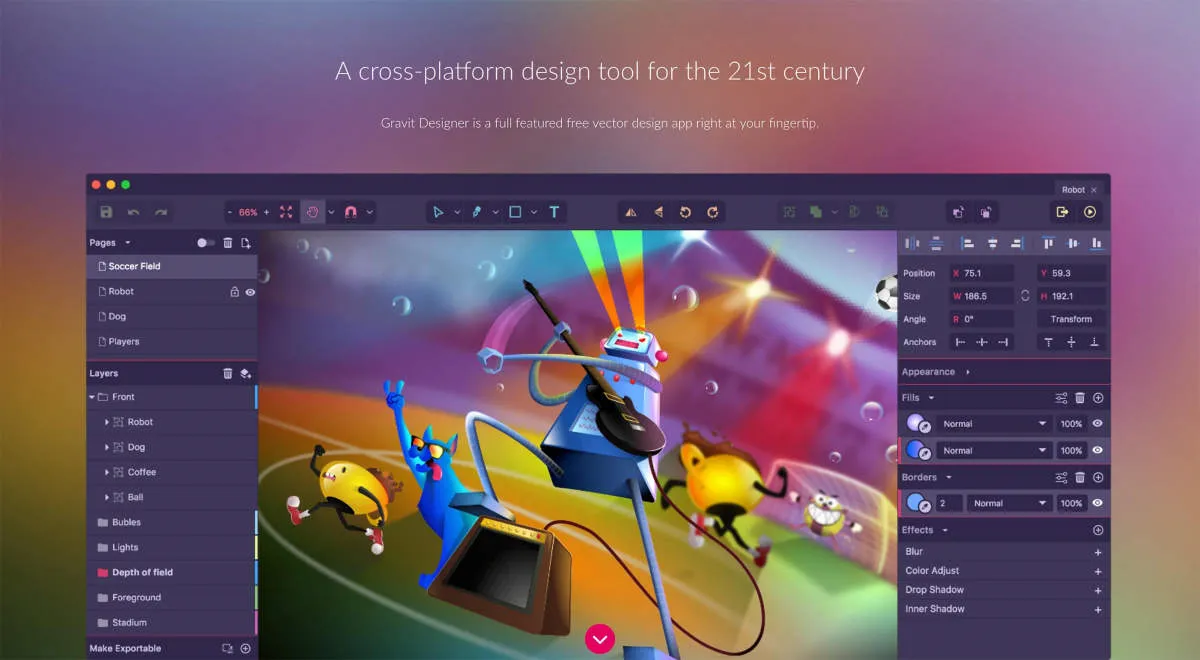
Gravit Designer is a powerful, free vector design application that works on all platforms – macOS, Windows, Linux, ChromeOS, and even in your browser. Whether you’re working on logos, illustrations, icons, or UI designs, Gravit Designer has the tools and features to bring your ideas to life.
Key Features of Gravit Designer:
- Intuitive Interface: Gravit Designer boasts an uncluttered and easy-to-navigate interface, making it suitable for both beginners and experienced designers.
- Cross-Platform Compatibility: Work seamlessly across multiple devices and operating systems with your designs saved in the cloud.
- Powerful Vector Editing: Create precise and scalable graphics with a comprehensive set of vector editing tools.
- Extensive Library: Access a vast library of assets, including icons, illustrations, and stock photos, to jumpstart your designs.
- Collaboration Features: Work collaboratively on projects with real-time editing and sharing capabilities.
Conclusion
In conclusion, the top 10 software for graphic designers in 2024 offer powerful tools and features that enhance creativity and productivity, catering to the evolving needs of design professionals.

